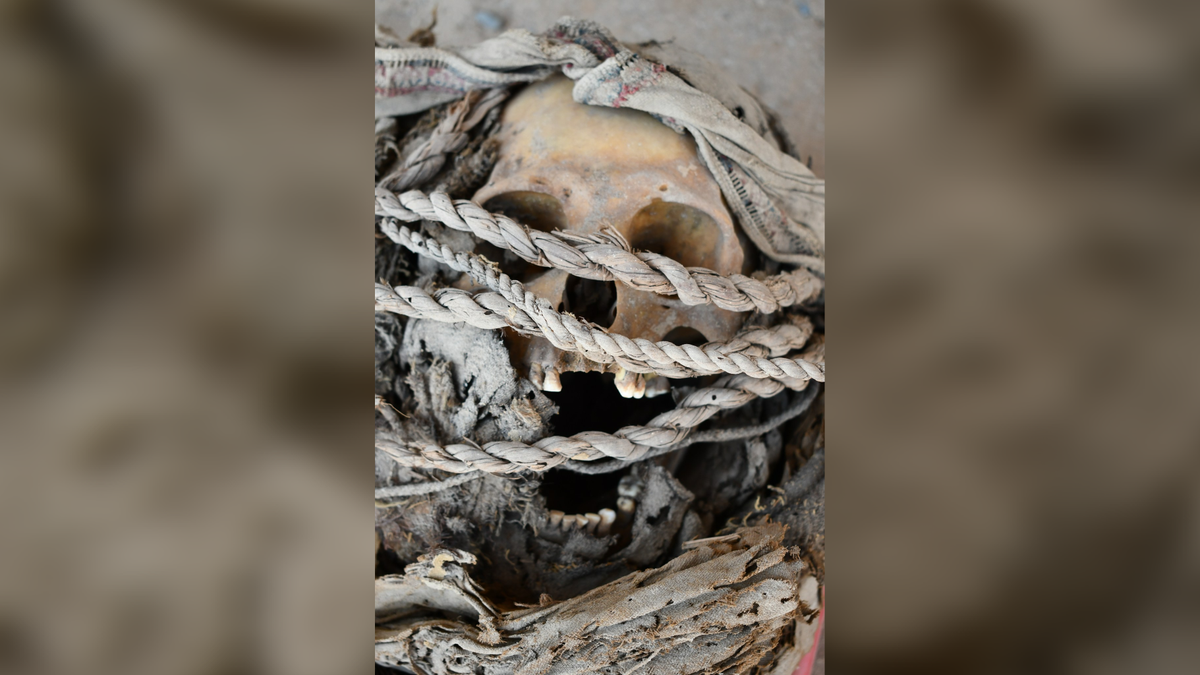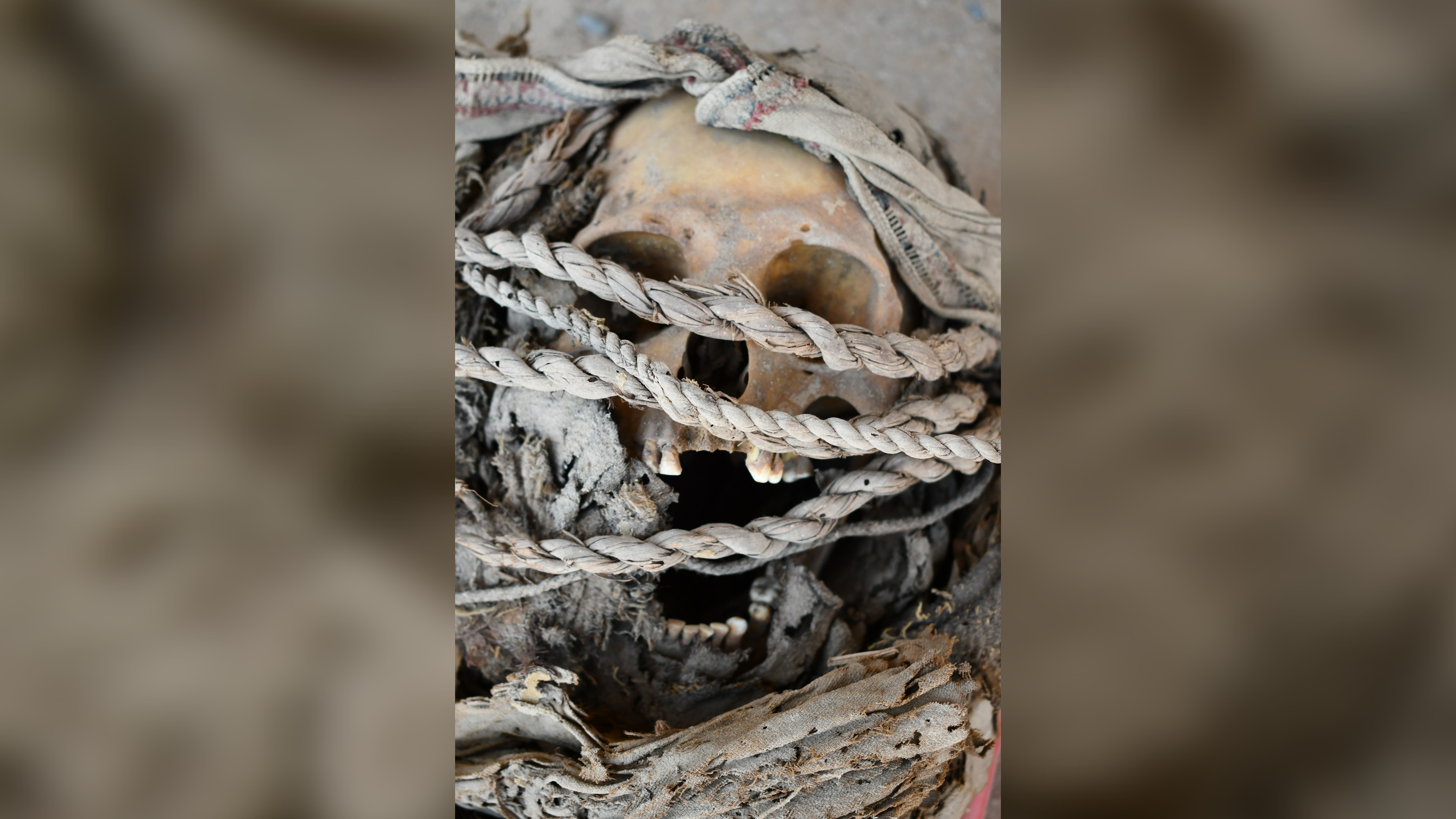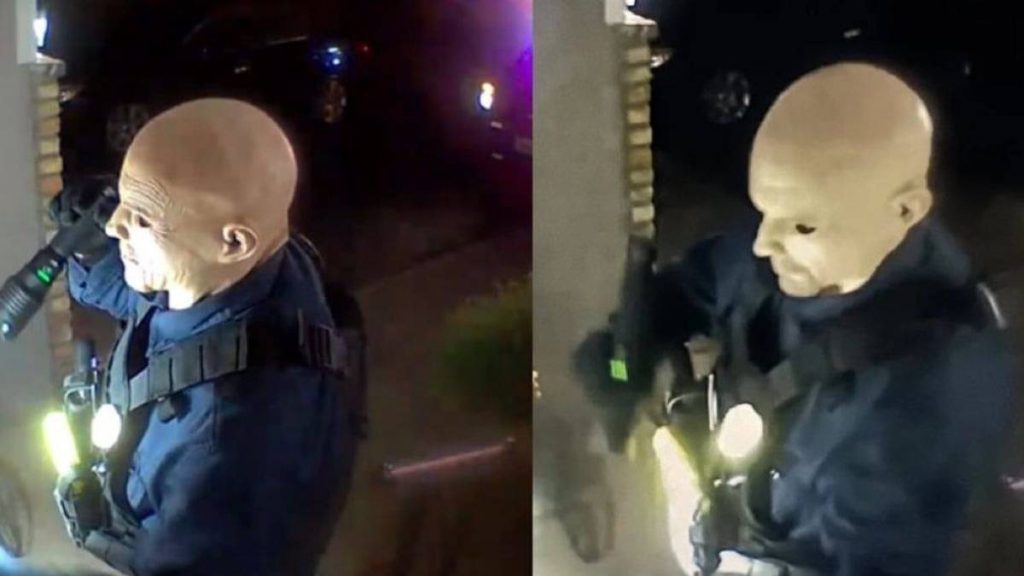The battle-scarred skeletons of two dozen people have been discovered in Peru, revealing new evidence of an ancient conflict.
The site, El Curaca, is located in the Atico River Valley in south coastal Peru and was occupied around A.D. 1000 to 1450 by the Chuquibamba or Aruni people, who lived there before and after Spanish conquest. Archaeologists know little about the Aruni, beyond the many petroglyphs they left on cave walls in the area.
But in October 2024, Jósef Szykulski of the Institute of Archaeology at the University of Wrocław in Poland and his team launched an excavation at the site and uncovered a large circular stone tomb filled with 24 skeletons of men, women and children.
The collective burial included fragments of pottery, bone and stone tools, corn cobs and textiles. Preliminary analysis of the skeletons — which were wrapped in textiles — suggested that all of the people died due to injuries consistent with battle wounds.
Related: Rare pre-Inca burials of 4 people found at ‘water cult’ temple in Peru

The bodies were buried in a tomb along with rich grave goods, so Szykulski concluded that their side won the battle, with their surviving compatriots giving the massacred victims an honorable burial, according to a translated Facebook post.
Szykulski and his team are continuing their work in Peru until the end of April. They are currently documenting the skulls using 3D scanning, working to conserve the textiles they found, and analyzing the pottery and wood items recovered from the burial.
The ongoing research project, funded by the National Science Centre of Poland, will also use ancient DNA analysis in the future to better understand the pre-Inca archaeological cultures of the Atico River Valley region.

























